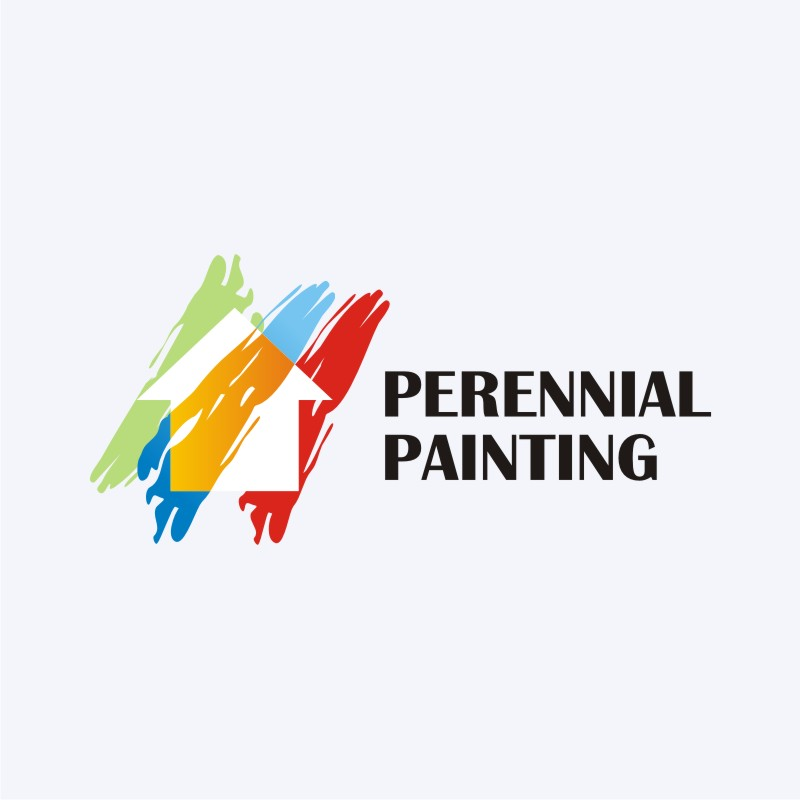Examine The Role Of Seasonal Factors In The Success Of Industrial External Paint And Discover The Very Best Times To Secure Long-Term Results For Your Job
Examine The Role Of Seasonal Factors In The Success Of Industrial External Paint And Discover The Very Best Times To Secure Long-Term Results For Your Job
Blog Article
Author-Korsholm Whalen
When you're planning an industrial outside painting project, seasonal variables can make or break your outcomes. You'll intend to consider how temperature and humidity impact paint application and drying out times. Selecting the best season can ensure your paint sticks effectively and lasts much longer. However which seasons are genuinely the best for this type of work? Allow' roofers in benbrook out the key elements that can influence your project's success.
The Impact of Temperature on Paint Application
When you're preparing a business external painting task, the temperature level can considerably influence how well the paint sticks and dries.
Ideally, you wish to paint when temperature levels vary in between 50 ° F and 85 ° F. If it's as well cool, the paint may not cure effectively, bring about problems like peeling off or fracturing.
On the other hand, if it's too warm, the paint can dry out also swiftly, avoiding appropriate attachment and leading to an uneven finish.
You need to also consider the time of day; early morning or late afternoon provides cooler temperatures, which can be much more beneficial.
Always check the maker's suggestions for the particular paint you're using, as they commonly offer guidance on the excellent temperature level range for optimum outcomes.
Moisture and Its Result on Drying Times
Temperature isn't the only ecological variable that affects your business outside paint job; moisture plays a significant duty as well. High humidity degrees can slow down drying times substantially, impacting the total high quality of your paint work.
When the air is saturated with wetness, the paint takes longer to treat, which can bring about concerns like bad bond and a higher threat of mold growth. If you're painting on a specifically humid day, be gotten ready for extensive delay times in between coats.
It's critical to monitor regional climate condition and strategy accordingly. Preferably, go for moisture levels between 40% and 70% for ideal drying out.
Keeping these factors in mind guarantees your job stays on track and provides an enduring finish.
Best Seasons for Commercial Exterior Paint Projects
What's the most effective time of year for your industrial external paint tasks?
Spring and very early fall are generally your best choices. During simply click the up coming webpage , temperature levels are moderate, and moisture levels are frequently lower, producing suitable problems for paint application and drying out.
Stay clear of summer season's intense heat, which can trigger paint to completely dry also quickly, leading to poor bond and coating. In a similar way, wintertime's cool temperatures can hinder correct drying out and healing, running the risk of the long life of your paint work.
Aim for days with temperature levels between 50 ° F and 85 ° F for optimum results. Remember to check the regional weather forecast for rain, as wet problems can ruin your job.
Planning around these variables ensures your painting project runs efficiently and lasts longer.
Conclusion
In conclusion, intending your commercial exterior paint tasks around seasonal considerations can make a substantial difference in the result. By scheduling job throughout the optimal temperature levels and moisture degrees, you'll ensure far better adhesion and drying out times. Keep in mind to keep an eye on local weather forecasts and choose the correct time of year-- spring and early fall are your best choices. Taking these steps will certainly help you accomplish a durable and professional coating that lasts.
